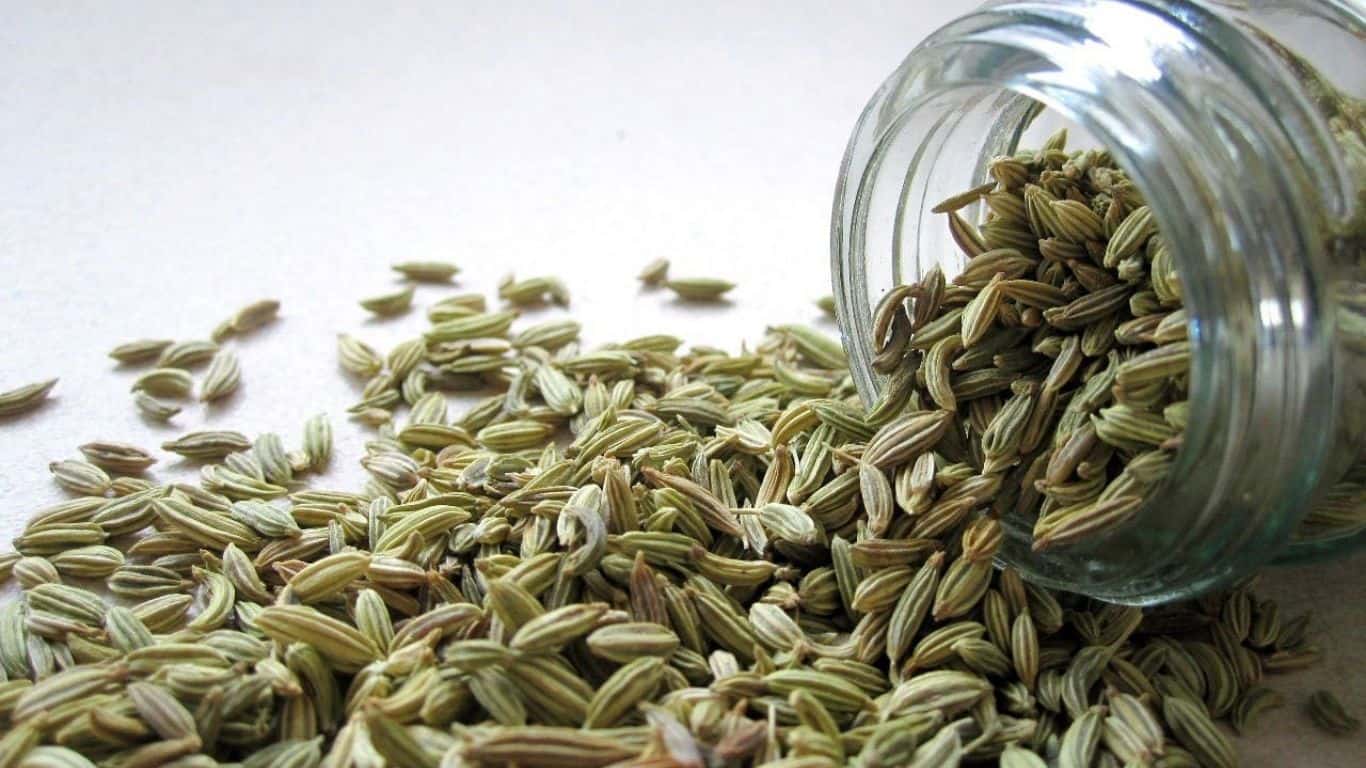Have you ever thought of the Difference Between Fennel seeds and Cumin Seeds? They look quite similar. Although some distinct features separate their identity. For those who are unaware- Fennel and Cumin are both spices. One is sweet while the other is mild peppery.
Talking about their differences the list goes on. Both fennel and cumin grow in small-medium high plants. They have aromatic seeds. Fennel has an advantage over this as its leaves and stems are also fragrant.
Fennel is an aromatic plant that belongs to the carrot family. It has a sweet and pleasant fragrance. It is a perennial herb and the whole plant has some culinary use. You can use the leaves, stems as well as some parts of the roots.
Cumin is a flowering plant that belongs to the Apiaceae family. It is a popular spice among the famous Garam masala and the Panch Foron Spice group.
What is the Difference Between Fennel Seeds and Cumin Seeds?
Fennel Seeds have a sweet licorice flavor while cumin seeds have a musky earthy fragrance. It is slightly bitter in taste. Lastly, the greenish hue of the fennel seeds differs from brown cumin seeds.
Difference In looks
First of all, they differ a lot in looks. Although some of you may disagree. you can say They look the same at least to a glace. Yeah, It is true, though there is some significant difference.
Fennel Seeds are greener than cumin seeds. Usually, they are harvested before they are fully mature. Cumin seeds on the other hand are more dry and brown. This makes them quite dissimilar With looks. The color is a significant aspect of identifying these seeds.
Therefore if it looks greener then it is the fennel seed otherwise it’s the cumin seed.
Difference in Size
Fennel seeds are slightly bigger than cumin seeds. The structure looks similar although the size has a little difference. Cumin seeds are compact, smaller, and thinner than most fennel seeds.
Identifying Fennel and cumin seeds based on their size is quite easy. Cumins are always smaller and lighter than fennel seeds. So if you look both at a time then it’s easy to differentiate both fennel and cumin seeds.
Both cumin and fennel seeds size from 0.2 to 0.3 mm.
Difference in Taste
Fennel seeds are sweeter than cumin seeds. This sweet taste makes them ideal for mouth fresheners. They are being used as mouth fresheners for centuries.
Cumin on the other hand is a little strong for raw flavor. It is a common spice used mostly for curry and stews. Cumin has a delicate peppery taste. Although it’s hard to notice the tang with cumins. Fennel is different entirely with a much sweeter and delicate taste.
You can eat both cumin and fennel seeds raw. Though Fennel seeds are mostly used for raw consumption instead of cumin seeds.
Check out: Difference Between Regular Grapes and seedless Grapes
Difference in Aroma
Fennel and cumin seeds also differ in their aroma. The musky fragrance of cumin seed is more suitable for a spicy curry. Whereas The sweet fragrance of fennel seed is ideal for refreshments. Fennel seeds are a popular plant-based mouth freshener.
Even the leaves and stem of a fennel plant have a pleasant aroma. They are used for salad dressings.
Read How to Harvest Fennel Bulbs?: Florence Fennel
Difference in Uses
Fennel and Cumin seeds are spices popular all over the world. Fennel is also used in cosmetics to add a sweet natural aroma. The Musky tint of Cumin is popular in perfumery.
Many essential oils consist of these spices. They are quite popular among perfume and scent lovers.
More importantly, fennel seeds are used for sweet dishes and deserts whereas cumin is used in spicy curry. This is probably the most significant difference in their use.
Can I use Fennel Seeds as a substitute for Cumin Seeds?
Nope, you can’t. Both of these spices have different flavors and textures. Fennel is somewhat sweet while cumin is a little strong. Even the aroma of these two differs a lot. So you can expect to have a similar taste and feel by substituting one with another.
Although you can use them together to create a perfect spice blend for a curry. Both fennel and cumin are essential spices with specific tastes and uses. They don’t have much similarity in this regard that’s why we can’t use them as substitutes for one another.
